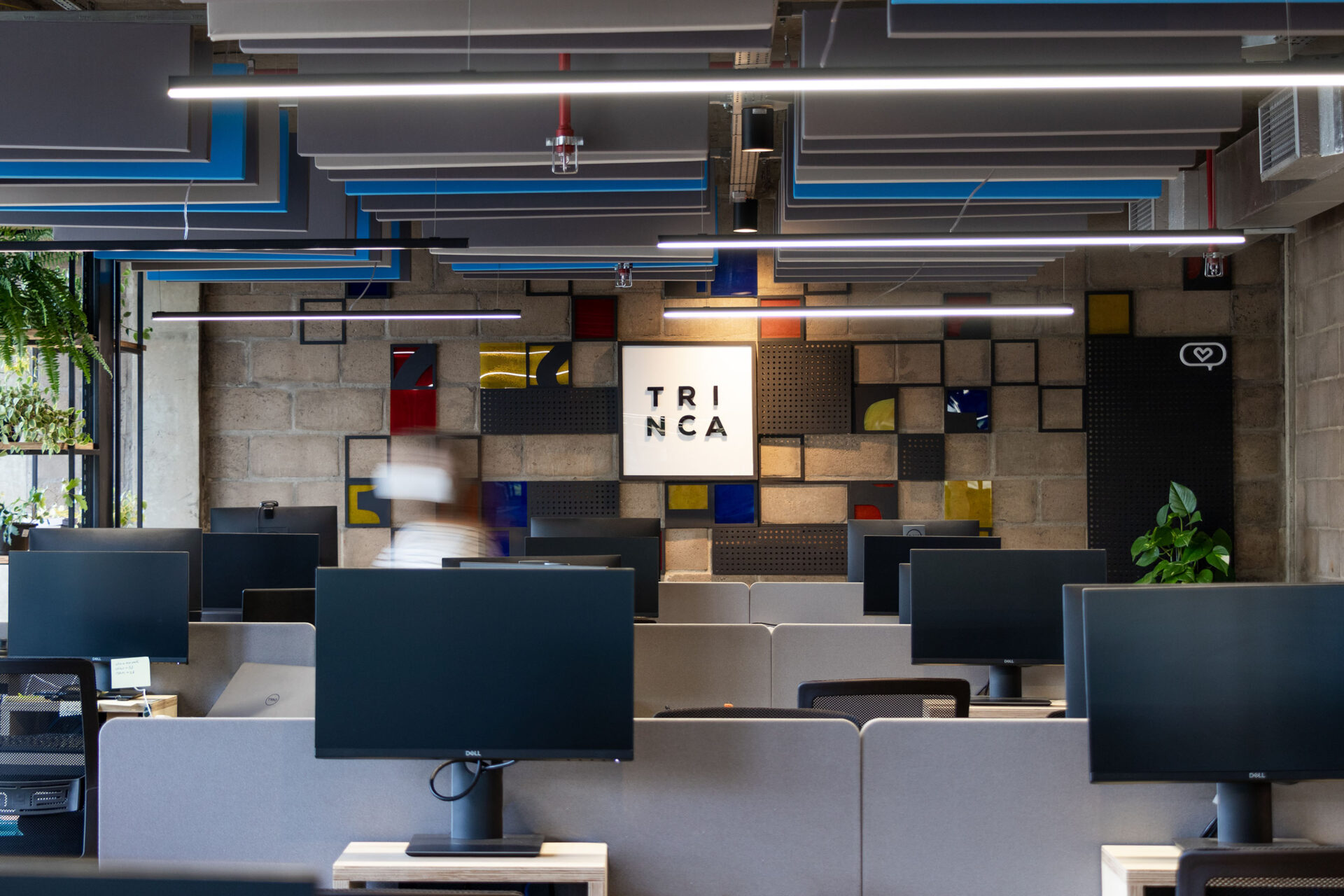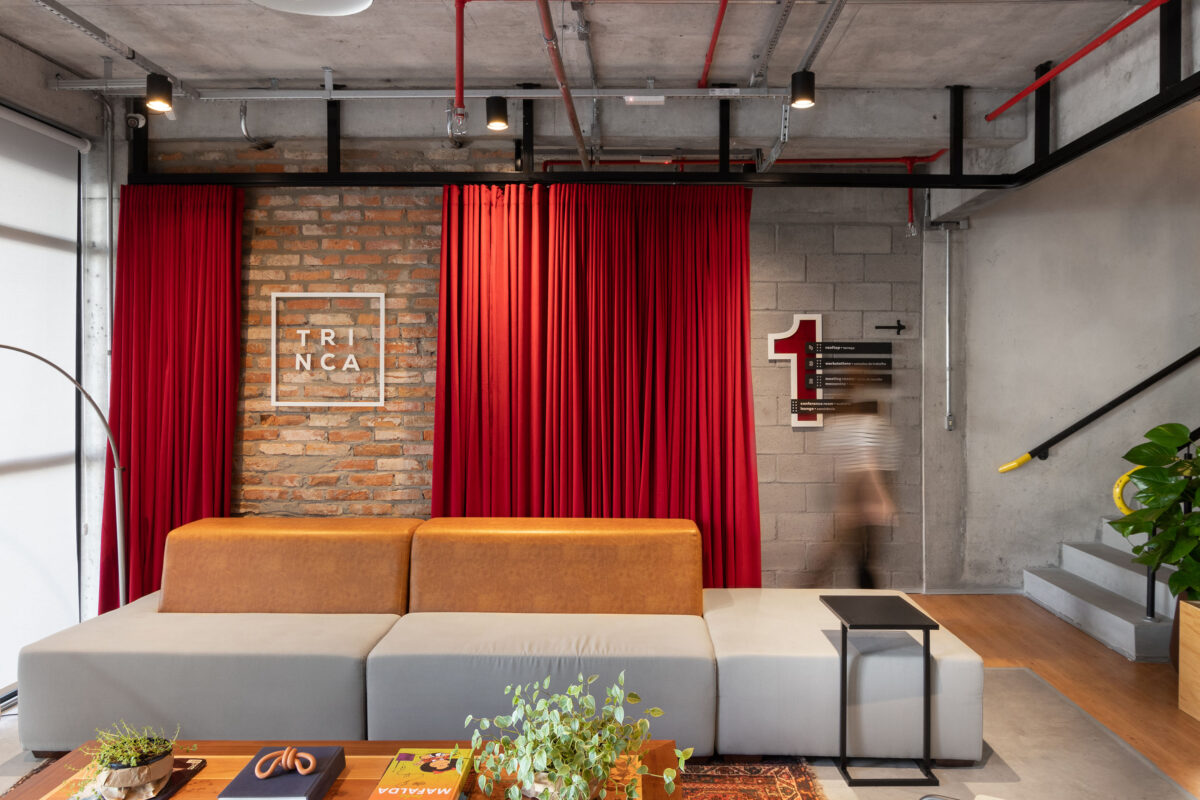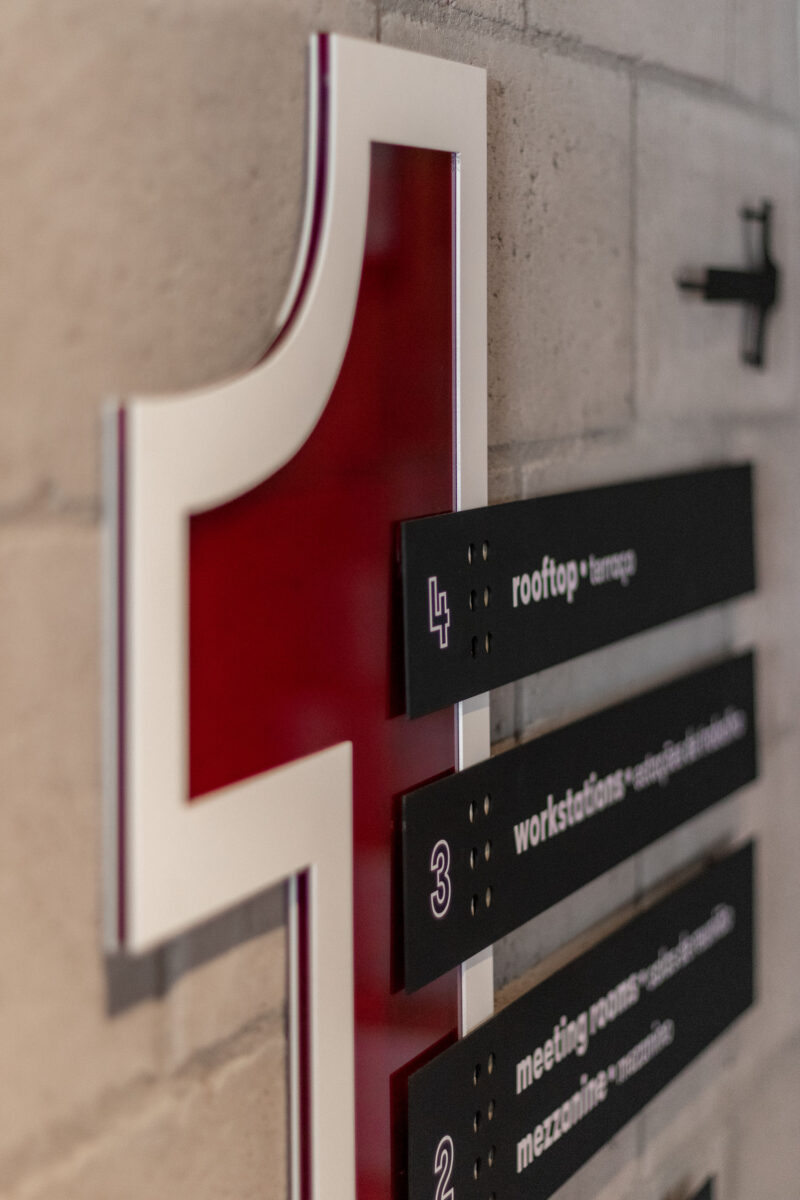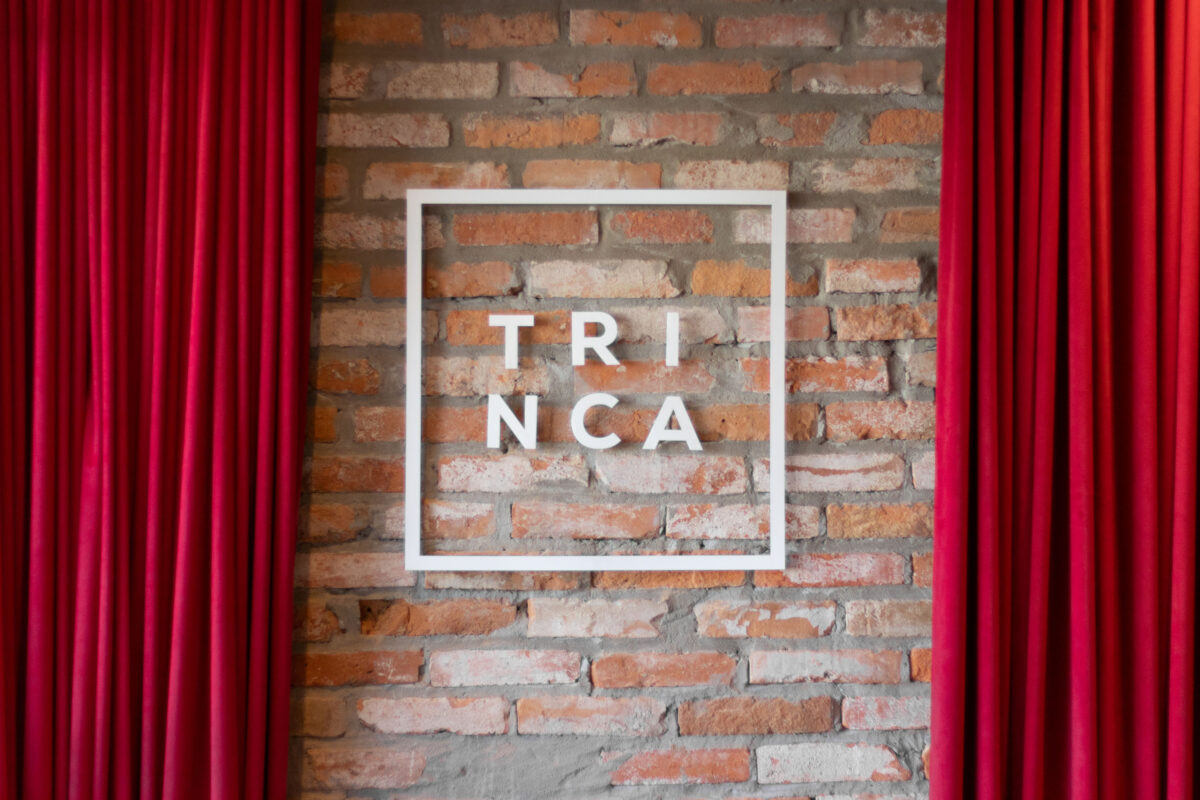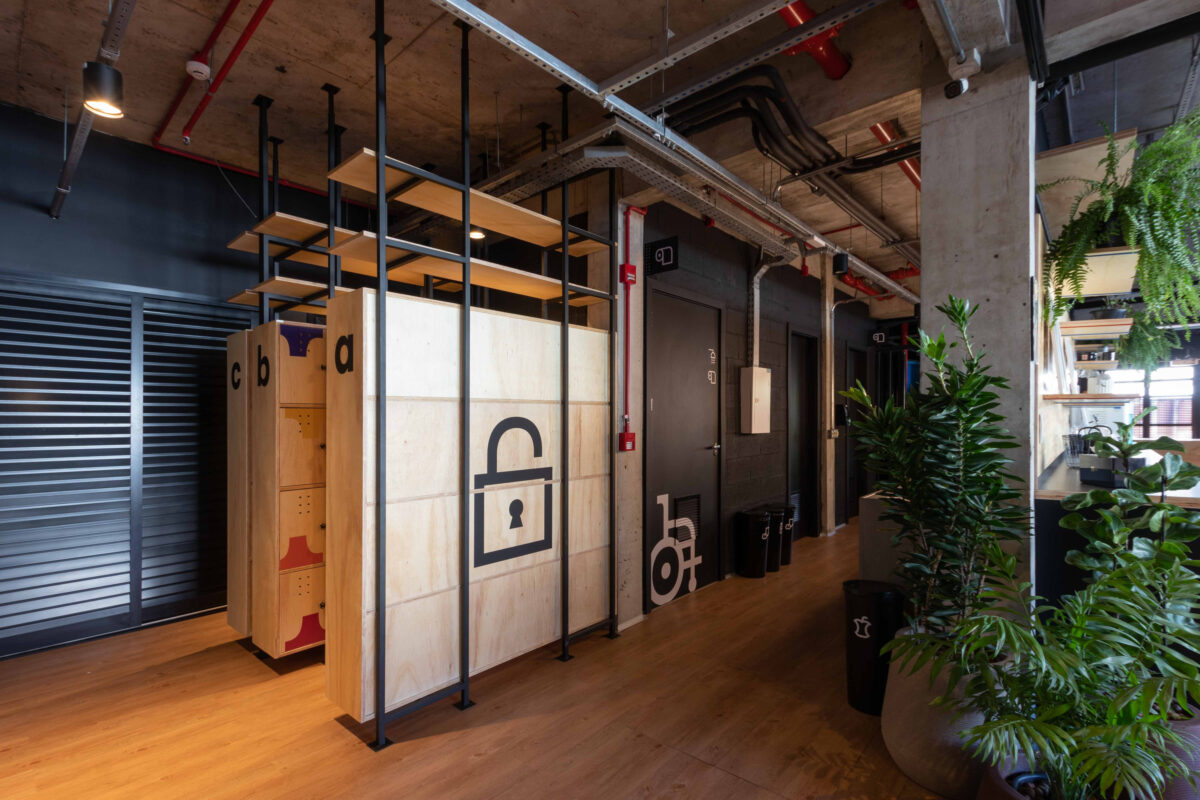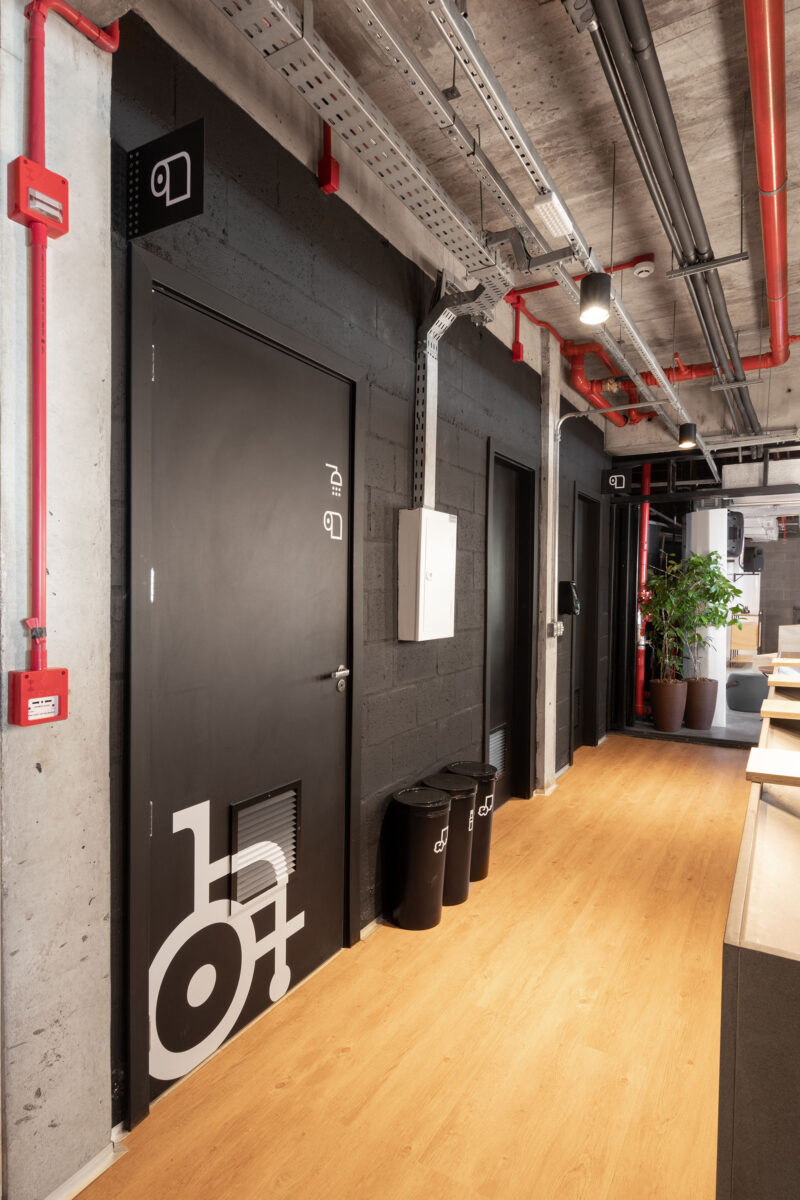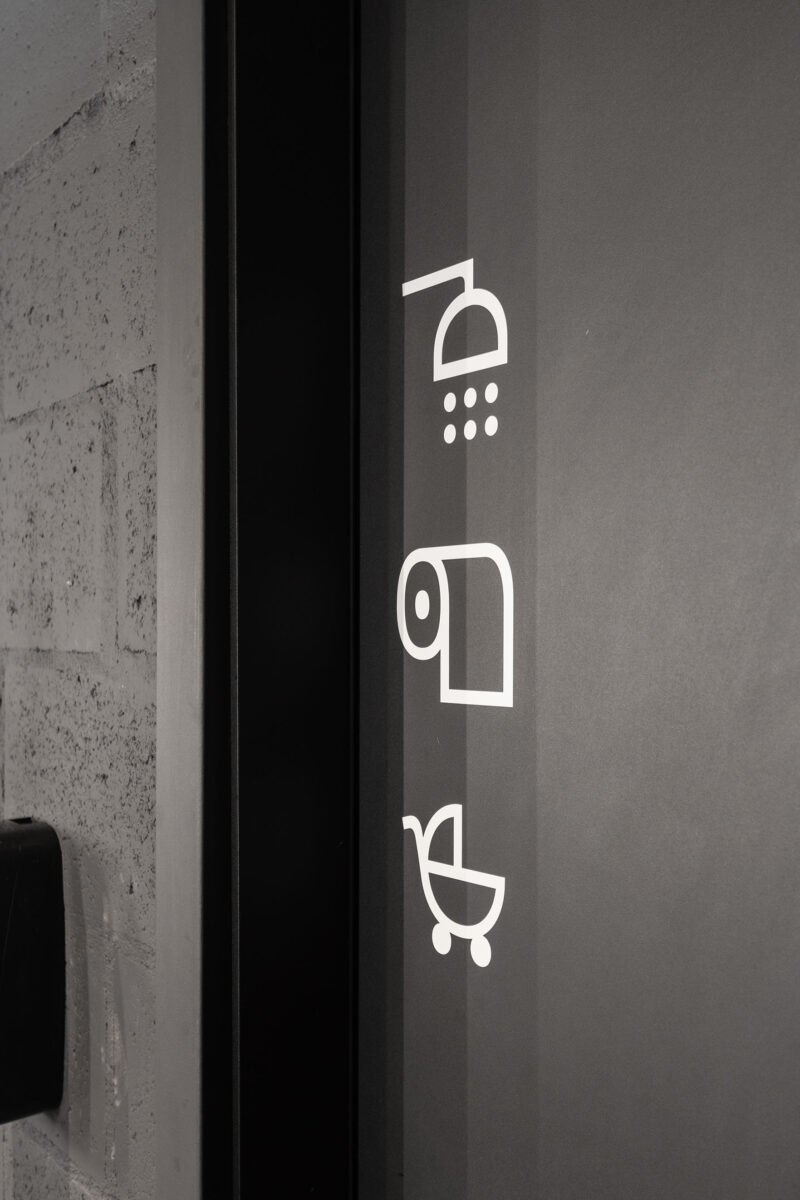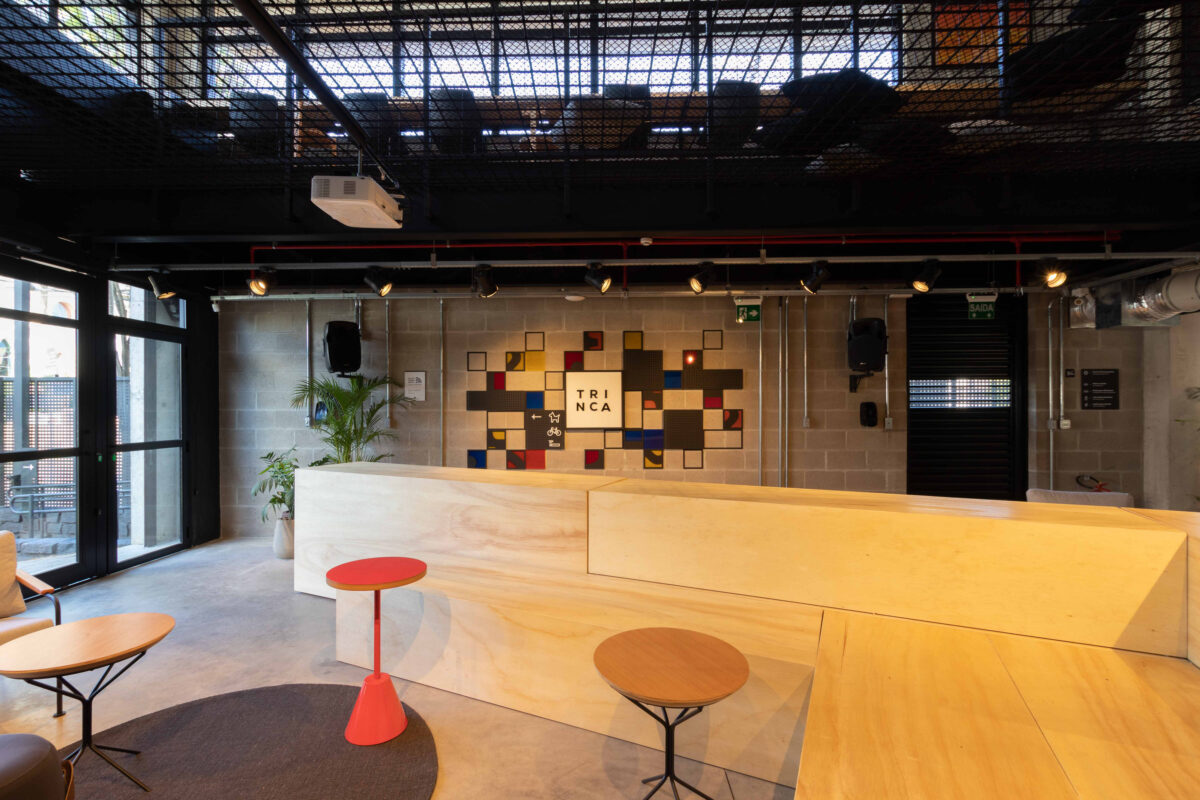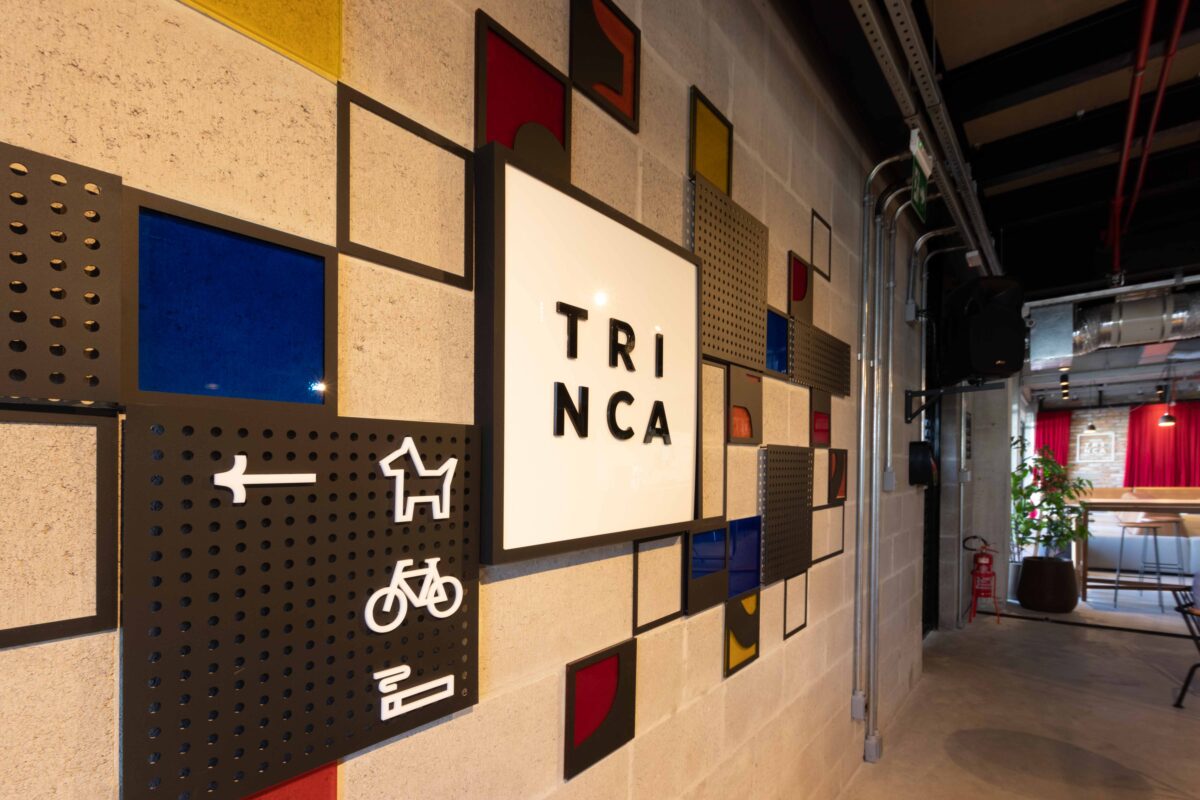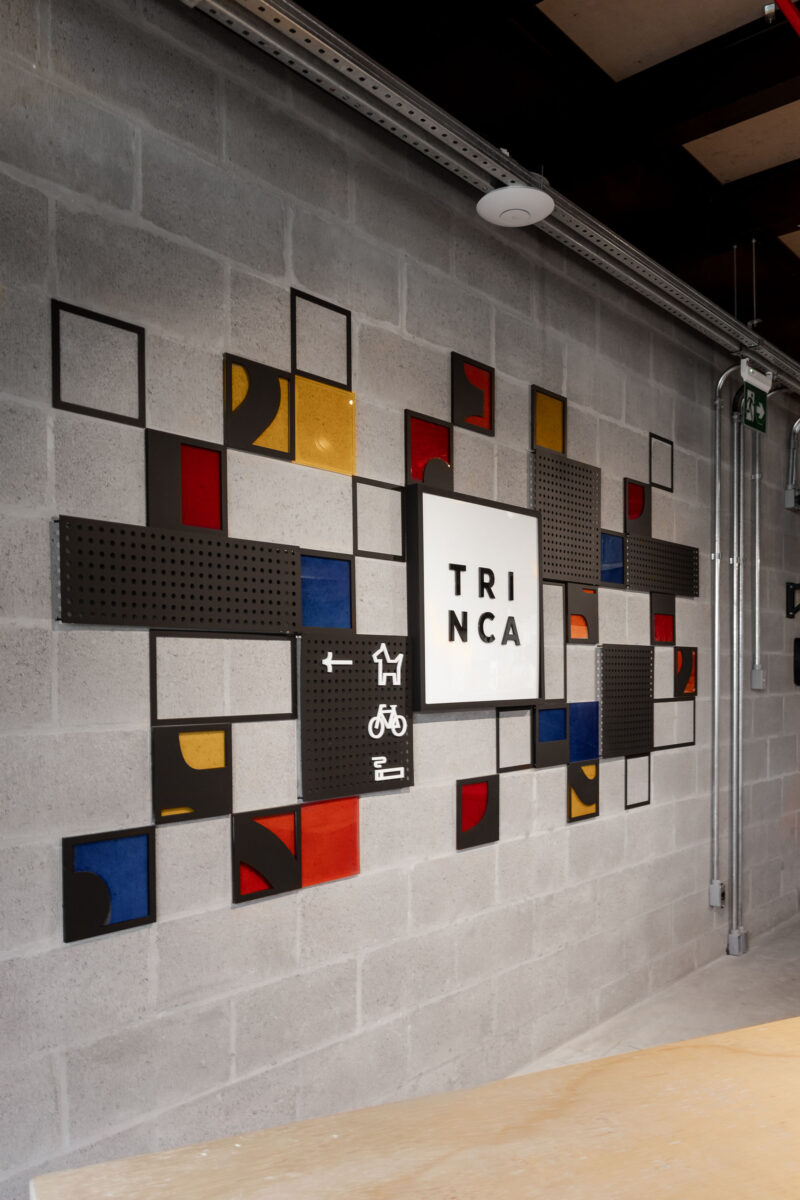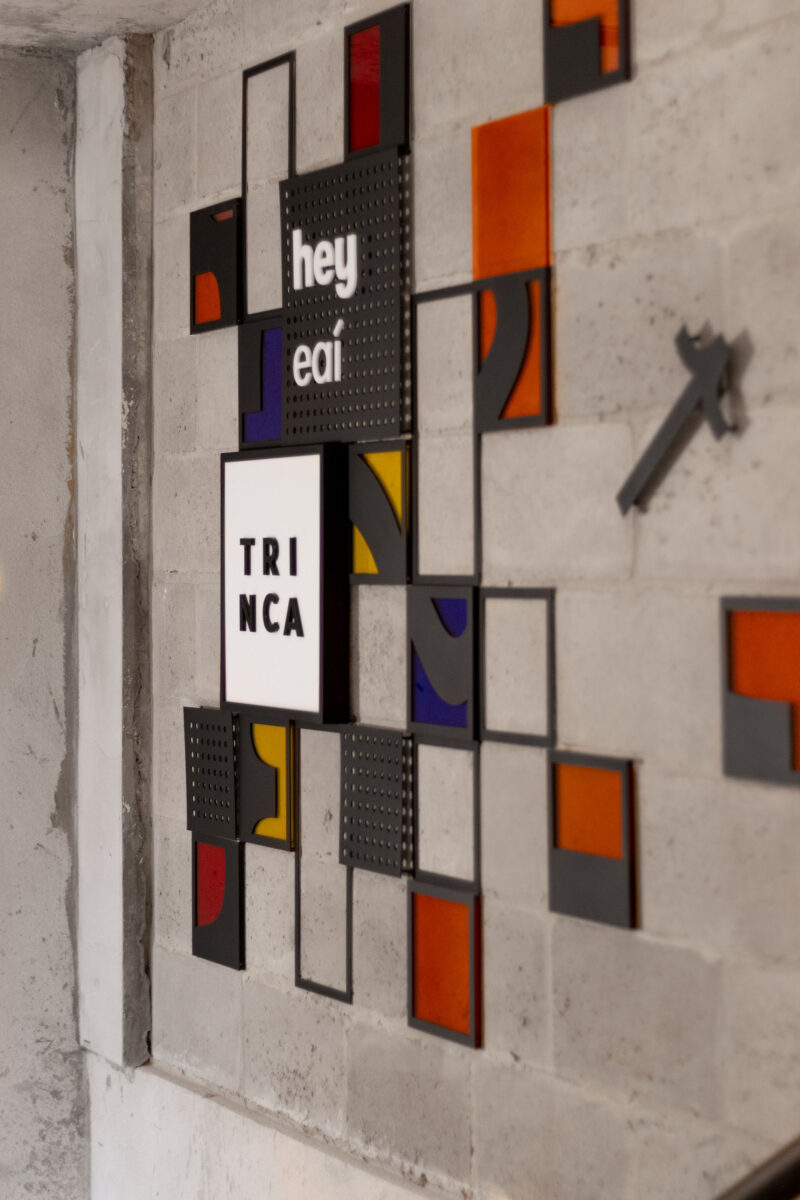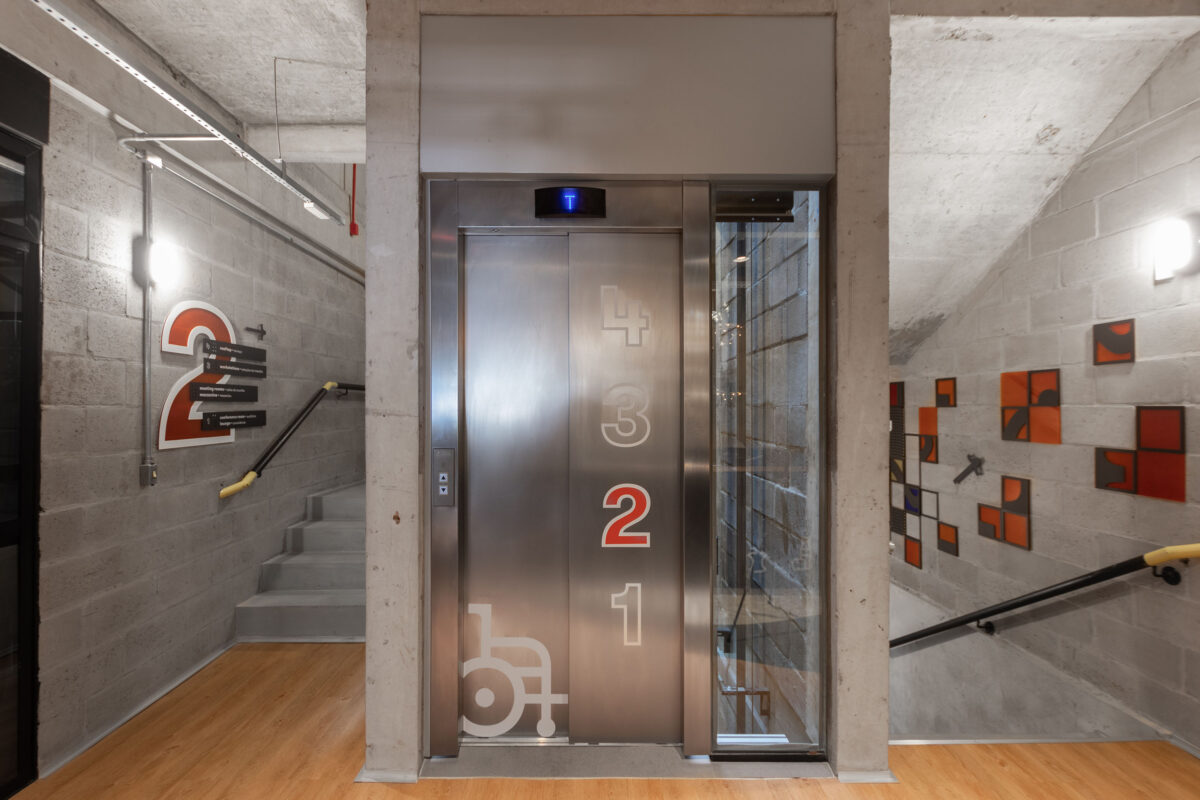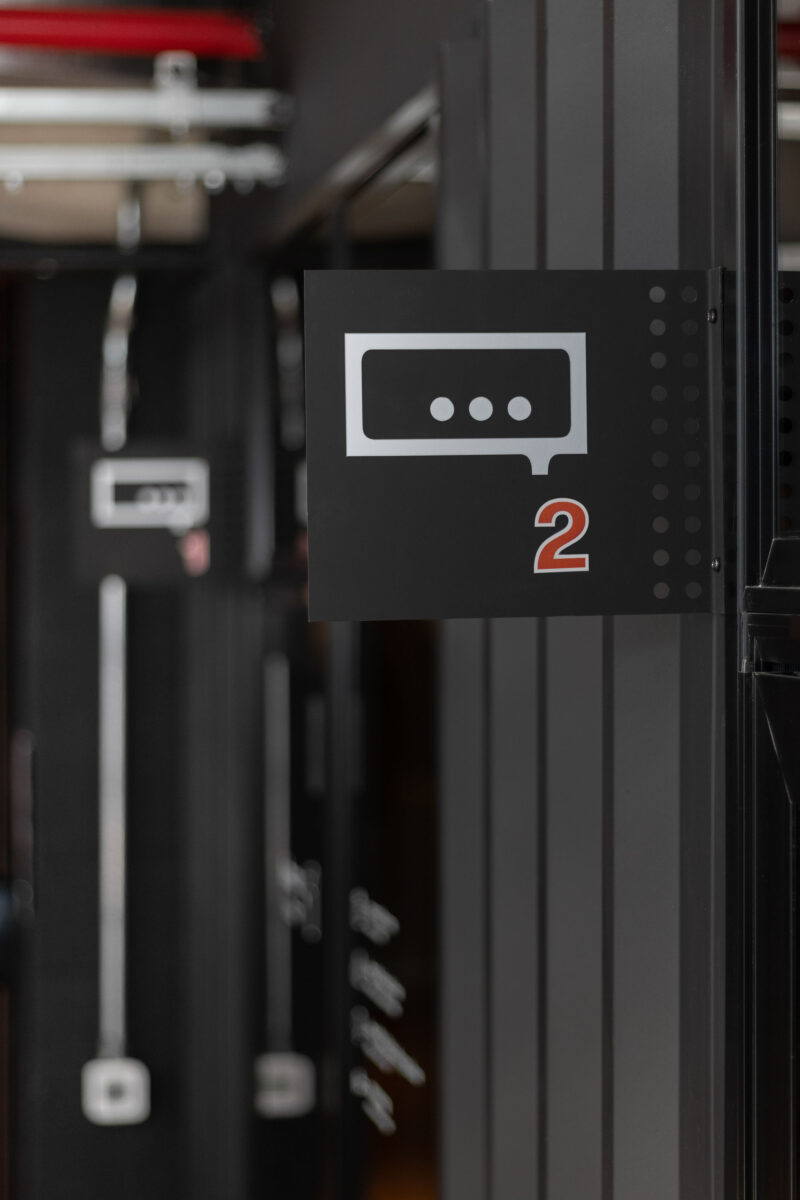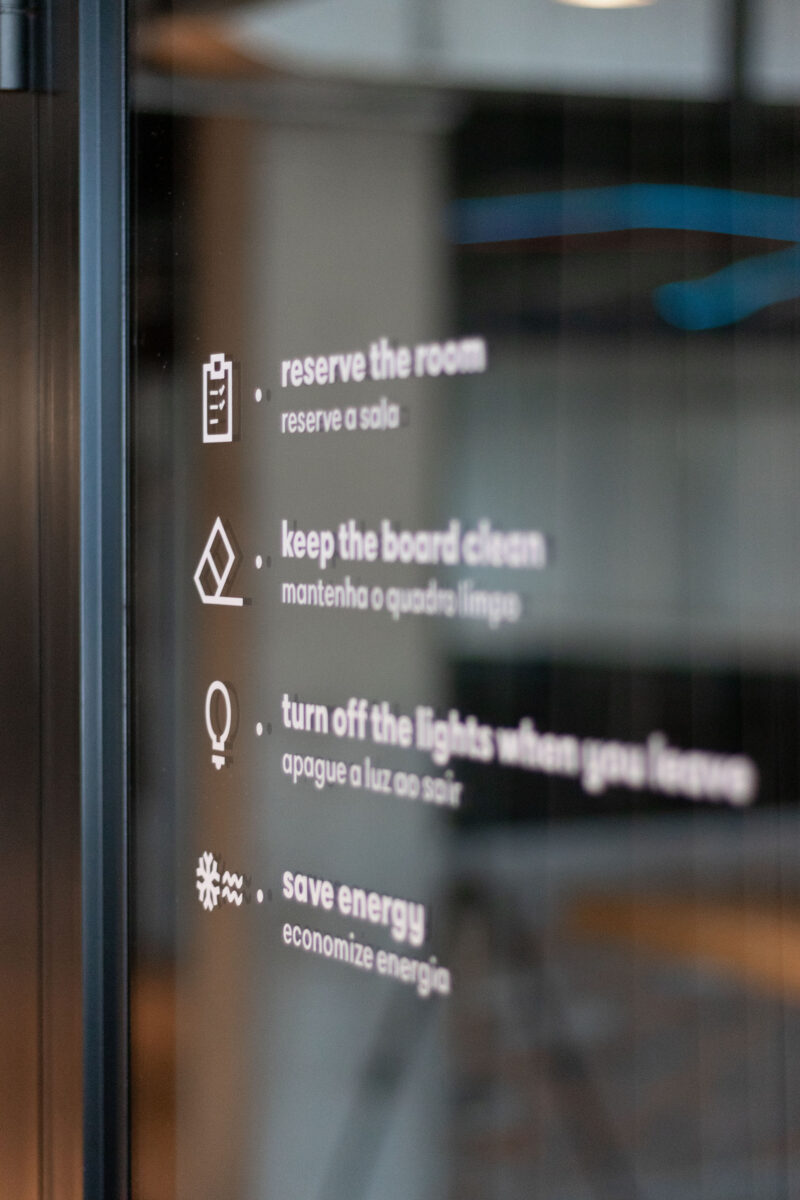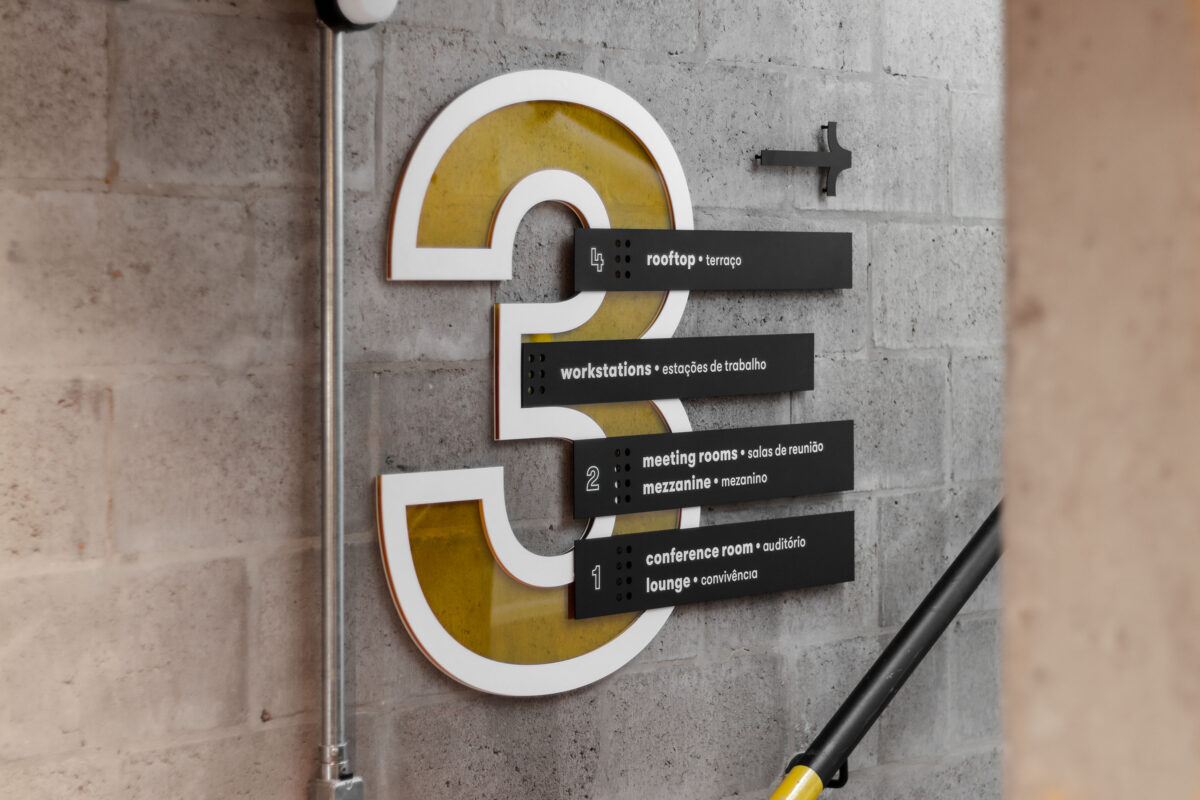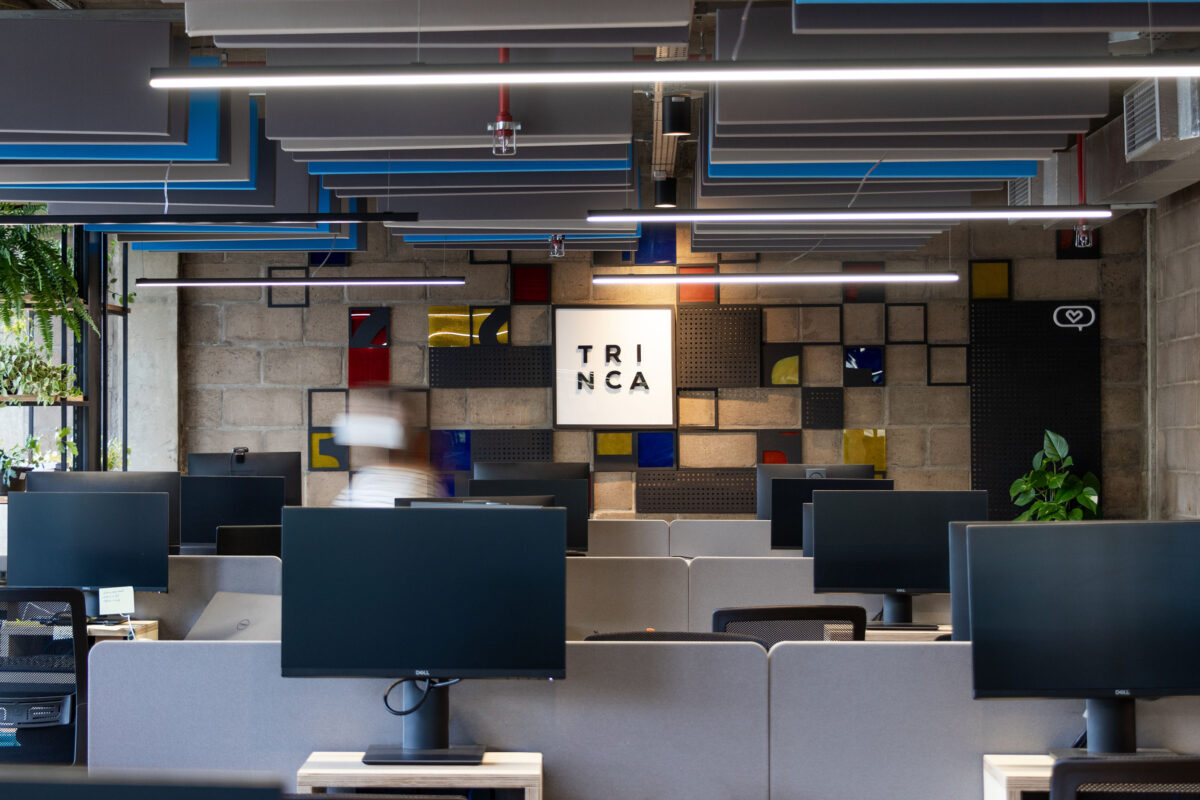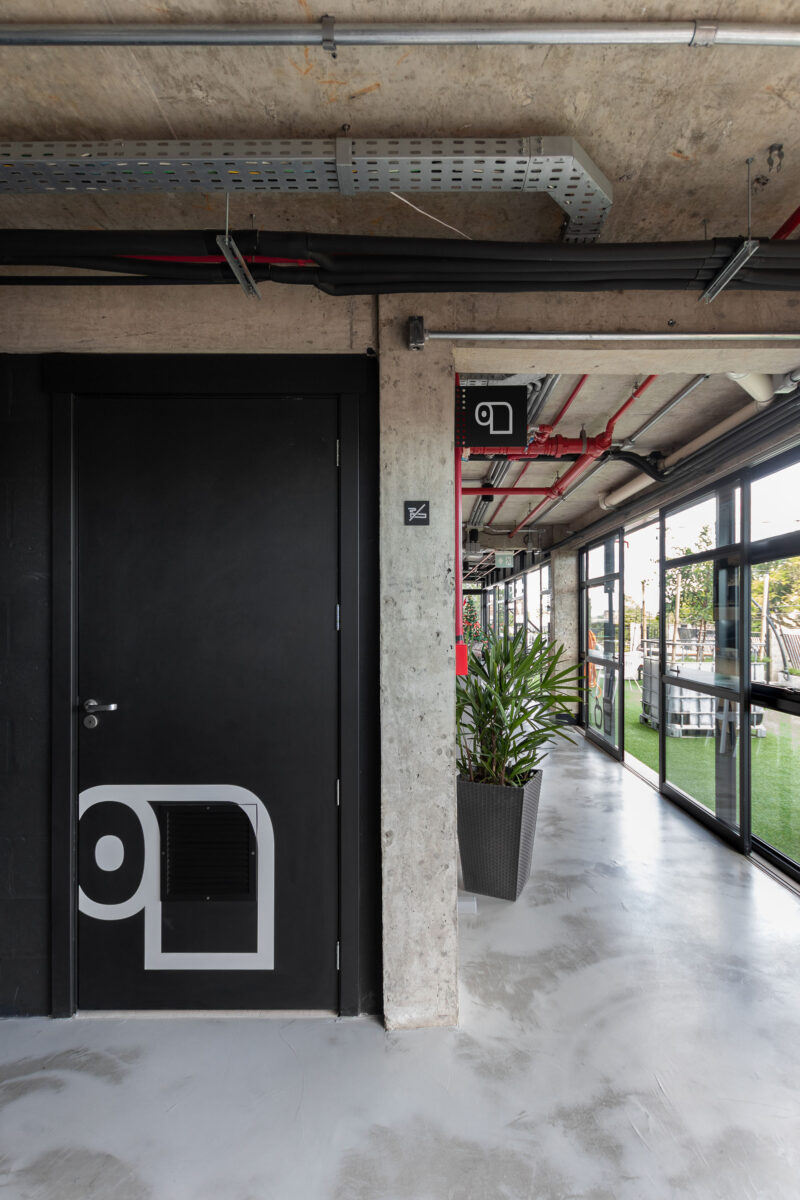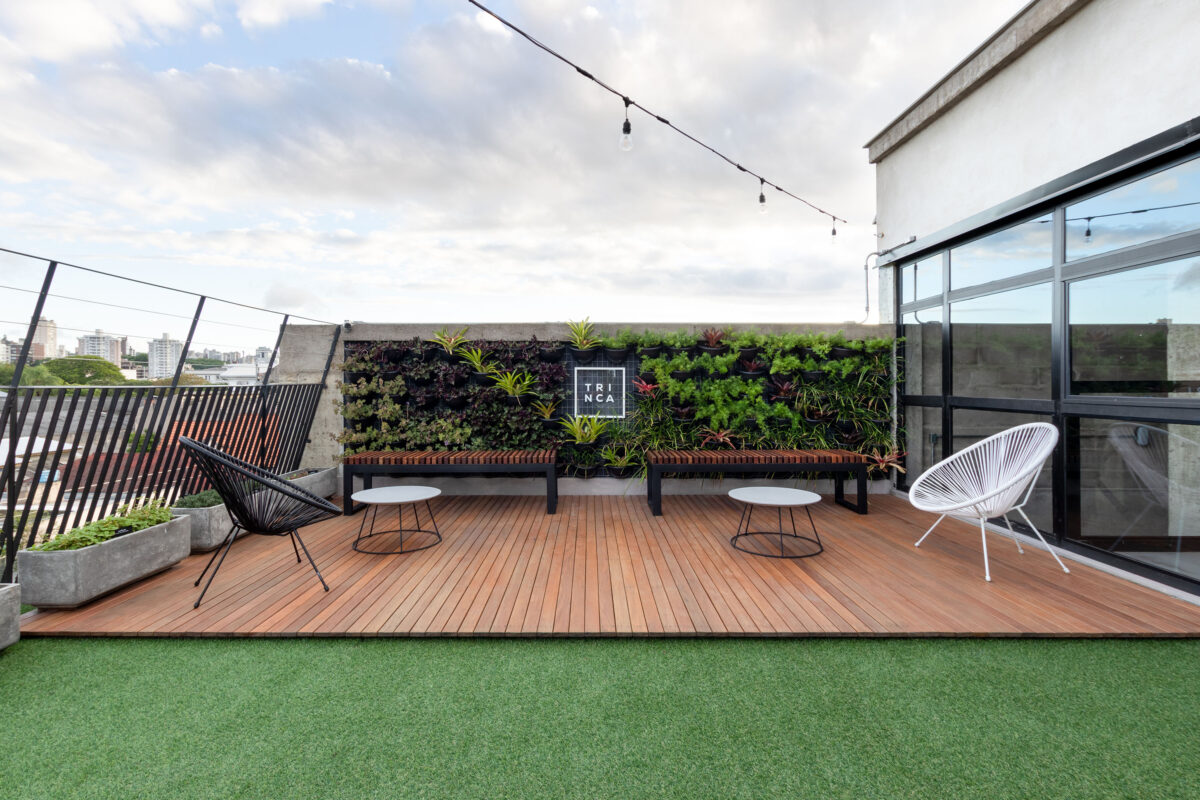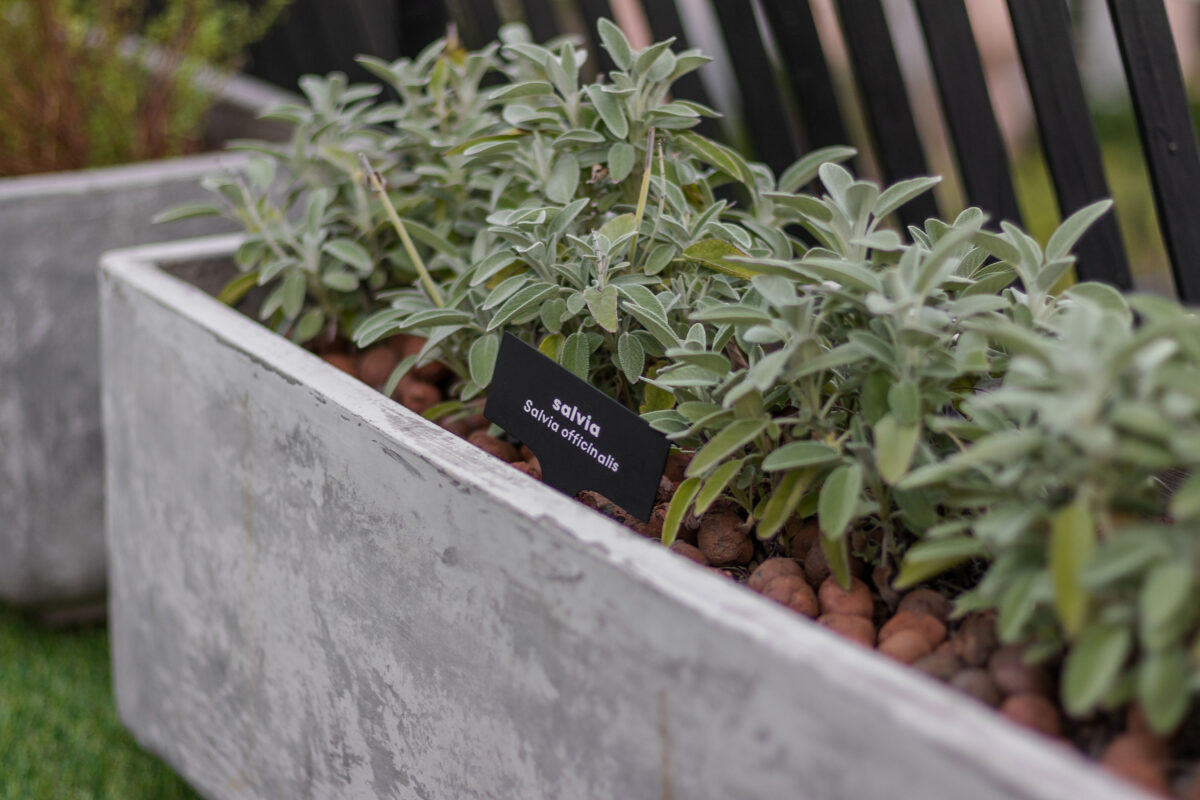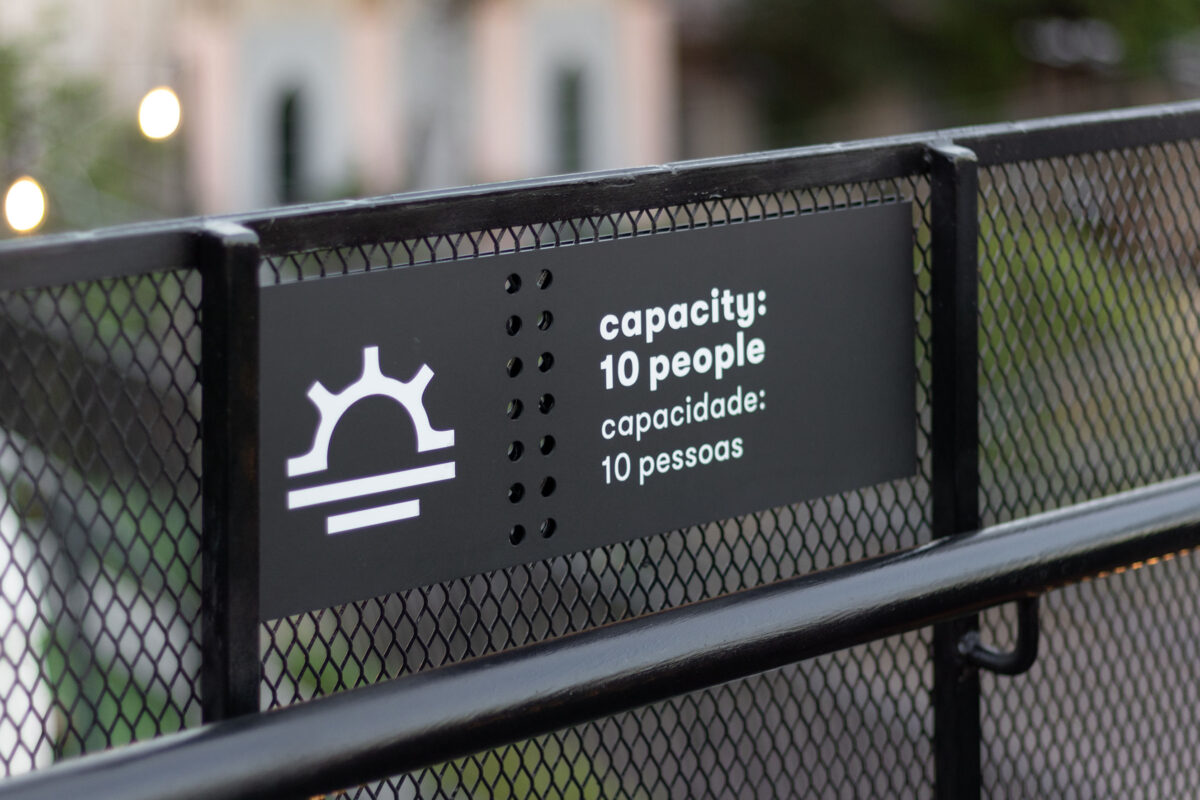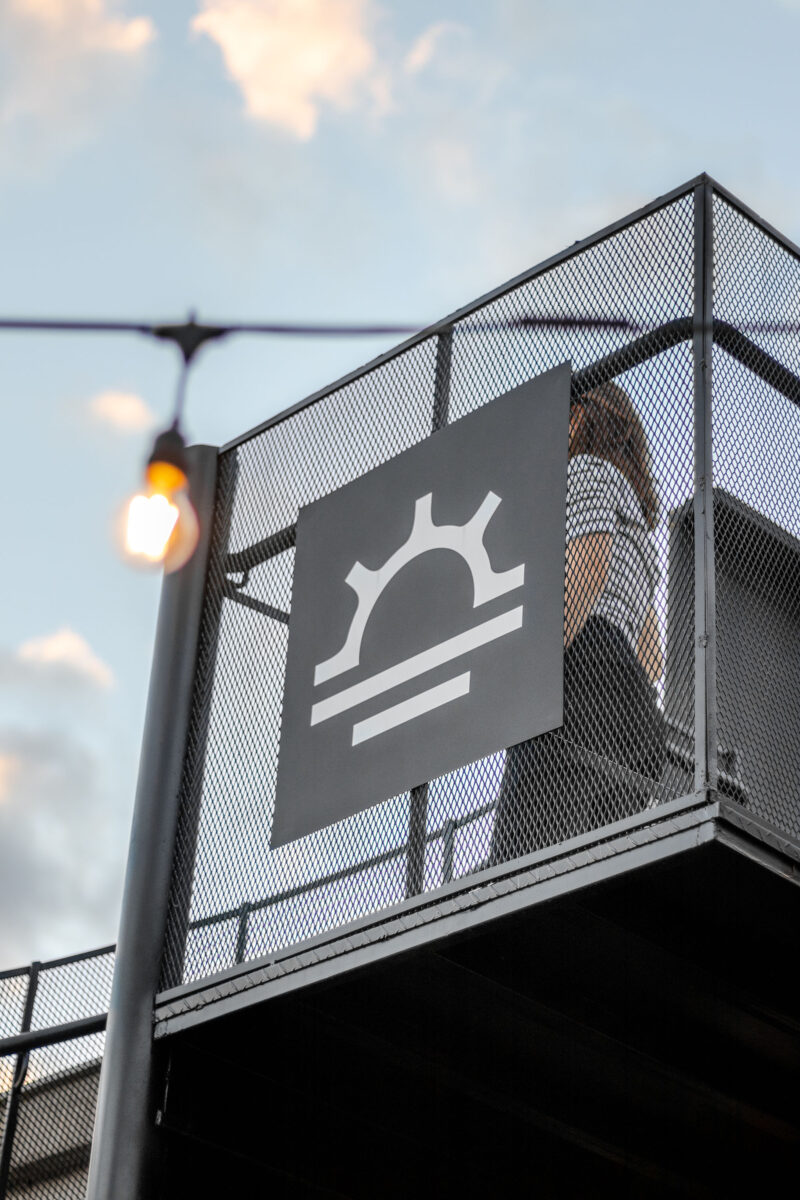award for this project

Silver in the Placemaking and Signage category
9º Design Award Bornancini (2022)
Porto Alegre / RS / Brazil

Honorable Mention for Communication Design category
DNA Paris Design Award 2023
Paris / France
datasheet
-
client
Trinca -
year
2021 -
location
Porto Alegre / RS / Brazil -
architecture
estúdio254 -
photography
Leonardo Krug -
description
Trinca provides design and technology services seeking to drive companies into the future. Its culture is based on collaboration and co-creation, by keeping a friendly and relaxed work environment. The design of the new headquarters aimed to welcome the young team of collaborators, their various forms of expression, and individual contexts.
The architecture privileged the nature and truth of the materials, by exploring their textures and compositions, seeking alignment with individuality and the particular presence of each employee.
Our contribution to the space aimed to translate the essence that moves and spurs on the team into a wayfinding strategy and environmental graphic design that emphasizes the personality and identity of the company.
We invested in a “bold” graphic system, a few materials, and a primary color palette. The pictogram system, designed especially for this project, was built based on font details and endings of the Trinca brand manual. They formed the basis of the communication strategy in the physical space, where the goal was to inform through symbols, preserving the dialogue that highlights the focus of messages. With this in mind, the graphic design of the entire system was explored based on striking and impactful elements, with unusual sizes and colors contrasting with the application surfaces.
For the environmental graphics and coding of the lockers, small fragments of pictograms were used, with the modular application of color and information, providing a creative and unusual solution, thus reinforcing the dialogue between the space and its occupants.
